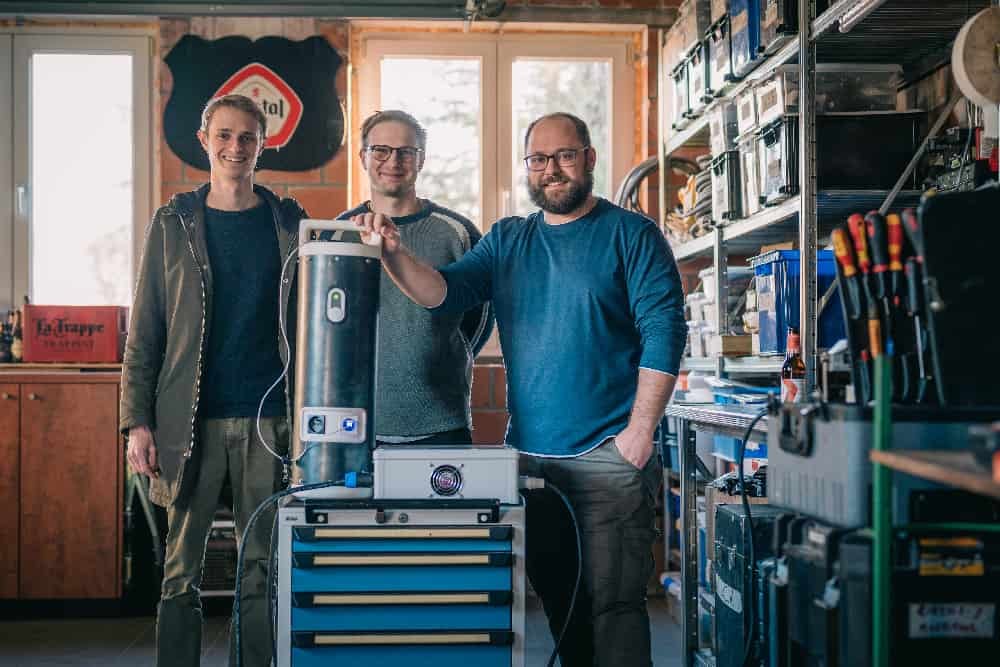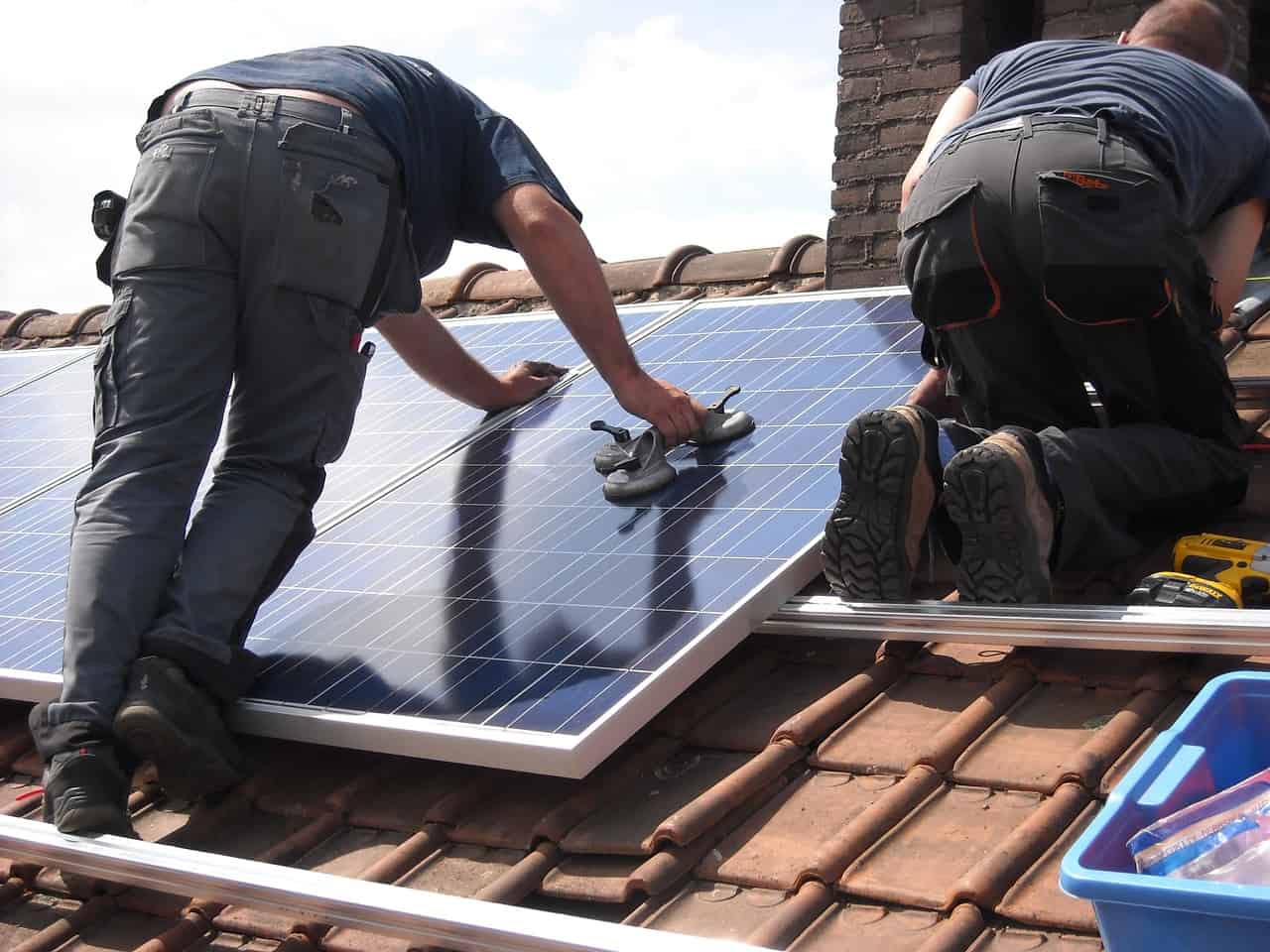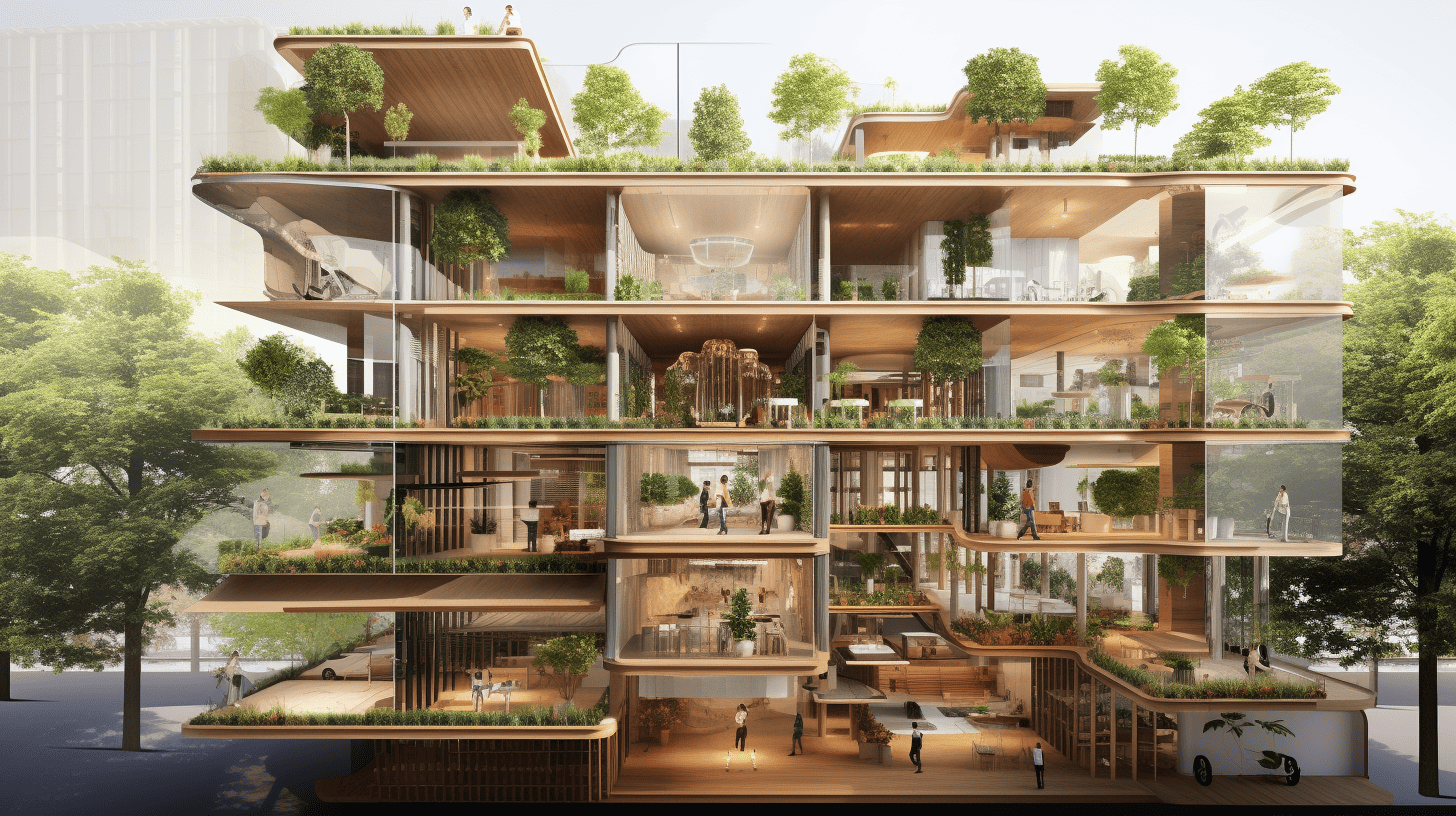
Having a more energy-efficient house is good for the environment and your pocket amid rising energy prices and more stringent climate measures. Buildings’ energy efficiency will make a lot of difference in energy costs, the leading Dutch energy supplier Essent warns in a new study on the energy bill for 2035. Resi Becker, director of the company, told the NOS that the energy bill is expected to be at €3,000 per year per household. However, families unable to upgrade their energy efficiency class can easily see this figure rising by €800. Therefore, Becker calls on the government to reduce the gas tax and grid management costs and make the Temporary Energy Emergency Fund permanent.
Why you need to know this
Our homes’ energy efficiency is one of the hottest topics nowadays and intertwines with another felt matter: energy bills. Upgrading your windows, installing thermal insulation on your house walls, and getting a heat pump are suggested ways to improve buildings’ energy labels. However, they can cost a lot of money. That’s why, in this article, we highlight different kinds of innovations – including more accessible ones – that could help you make better use of energy while also saving money.
As a partial answer, since January 1, the new Dutch borrowing standards came into effect. As part of the new rules, the energy label of a house makes a difference in determining the maximum amount of the mortgage, and there is more money to make owner-occupied houses more sustainable. Buyers can borrow as much as €50,000 more to purchase a home with an A++++ label and up to €20,000 to refurbish a class E, F, or G property.
Given that households – in the Netherlands and everywhere else – need refurbishment, what innovations can help? We selected five new technologies that can improve a house’s energy label or help reduce bill costs, even when installing bulky hardware is impossible.
The thermoacoustic heat pump
Heat pumps are one of the go-to solutions to make houses greener. These devices extract heat from the air or the ground and deliver it at the desired temperature, doing so very efficiently. However, conventional heat pumps use the evaporation and condensation of a refrigerant – which has a fixed condensation point. Moreover, commonly used refrigerants are harmful to the environment, given their ozone-depleting capabilities.
BlueHeart is setting a new standard. As a matter of fact, the Dutch company uses sound to increase heat temperature. Simply put, their system creates sound waves in a closed circuit to generate heat and cold. Besides, their heat pump can use a flexible heat source. Plus, it can release heat at different temperatures, so higher for tap water – 60 to 70 degrees Celsius – and lower for underfloor heating. The heat pump comes in a compact format and uses helium without the need for any polluting refrigerants. The 0-series of BlueHeart will be available this year, featuring a six kW capacity.
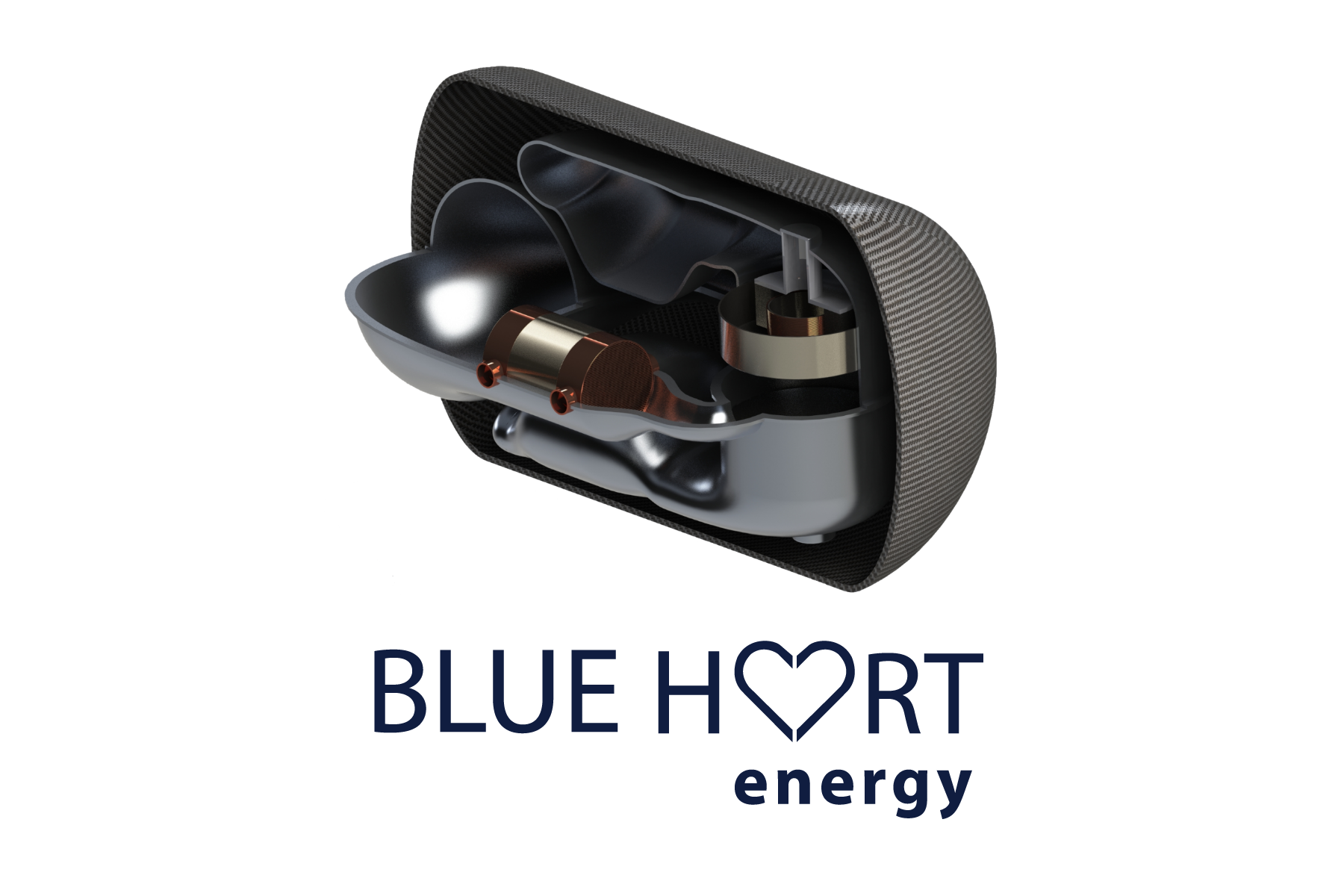
The plug-and-play solar panel
We increasingly use our rooftops to harness the sun and generate green power. In 2023, solar installations surpassed the four GW threshold, making the Netherlands the fourth largest installer in Europe. Rooftop panels are the best option for many, but not for all. What about a more flexible solution? Well, supersola has the answer.
The company developed a ready-to-use solar panel in three steps: unfold, fill the ballast tanks with water, and plug into a grounded outlet. The tanks keep the panels in place and can be drained to make them portable again. The solar panel delivers power to your home through a standard plug, giving it to the appliances that are using power at that moment. If there is a generation surplus, power goes to the grid. Since January, supersola panels have been available for purchase on the website of the electronics retailer Coolblue.
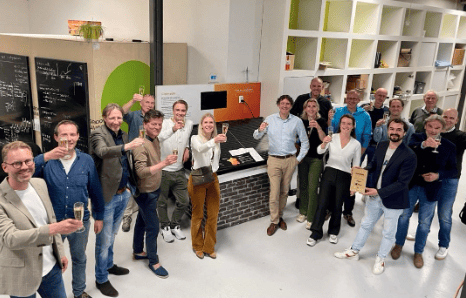
Heat façades
Upgrading windows and adding thermal insulation considerably improve a house’s energy label. Solar panels are the prime example of exploiting sunlight, but a building’s coating can also capture the sun. What’s more, it can profit from the part of solar radiation invisible to the human eye, a new project shows.
Calosol – a joint venture of AkzoNobel, Emergo, and Dutch research institute TNO – develops aesthetically pleasing façades to absorb solar energy or heat. Rather than reflecting sunlight – as it happens with white-painted buildings in the south of Europe – this technology aims to absorb it. A heat pump complements the coating. And while black facades might not be the most appealing, a Calosol red coating collects more energy than regular solar panels. A garden shed-like unit features the energy-harvesting coating and stores all the necessary equipment.
Infrared heat panels
According to the Dutch Climate Agreement, by 2030, 1.5 million homes must quit gas. Twenty years later, gas is set to be banned altogether. An option to do so comes from Greeniuz and its infrared heat panels. The sun emits infrared radiation that reaches the Earth at the speed of light, coming into contact with surfaces and our bodies. We perceive it as warmth on our skin as the radiation warms the Earth’s surface.
Greeniuz mimics what the sun does, harnessing the heat potential of infrared waves through its panels. Their panels, mounted on room ceilings, feature an LED lamp and a ceramic plate that accumulates heat and distributes it in the room at a 160-degree angle. The system is electric and once turned on, it reaches the desired temperature set on the thermostat. Heat panels can convert 73 percent of electricity into radiation. The Eindhoven-based company manufactures the panels in the Netherlands, sourcing circular materials.
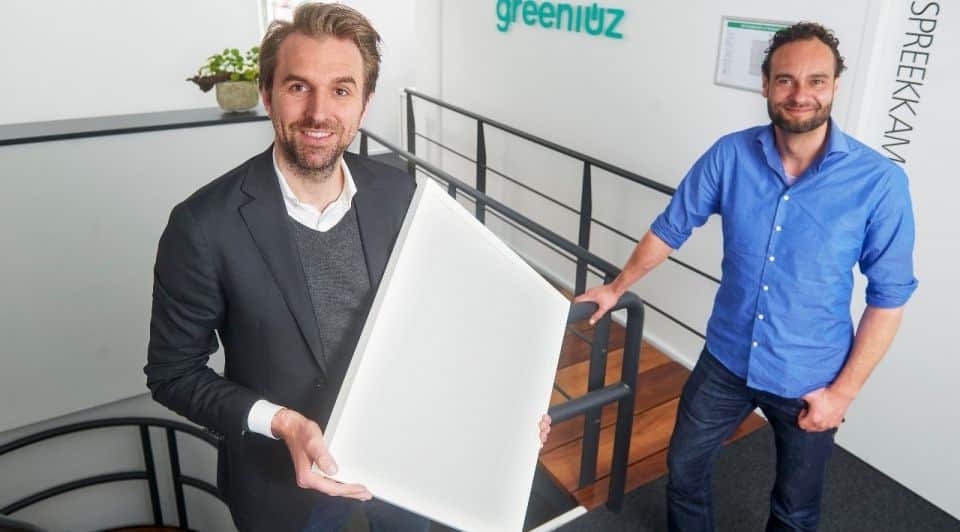
The plug-and-play battery
Living in an apartment without the chance of installing solar panels, and you would still like to enjoy the price differences of the electricity market? MyGrid’s ModuleOne has got you covered. The Belgian start-up designed an easy-to-use solution that allows users to make clever use of price fluctuations within the electricity market. It charges when prices are low by simply plugging it into any socket. This way, even those who don’t have a lot of space available can access cheap electricity. Moreover, the cheapest electricity in the grid is produced by wind turbines, which, when active, bring prices down. So, affordable and green power it is.
Having a handy size and weighing 12 kilos, ModuleOne is a portable power bank that can be used externally, too. The lithium-iron-phosphate battery can stash up to 1,500 watt hours. In 2023, the company raised €150,000 through a Kickstarter campaign and is now preparing to launch its product to the mass market. A ModuleOne will cost €2,000.
